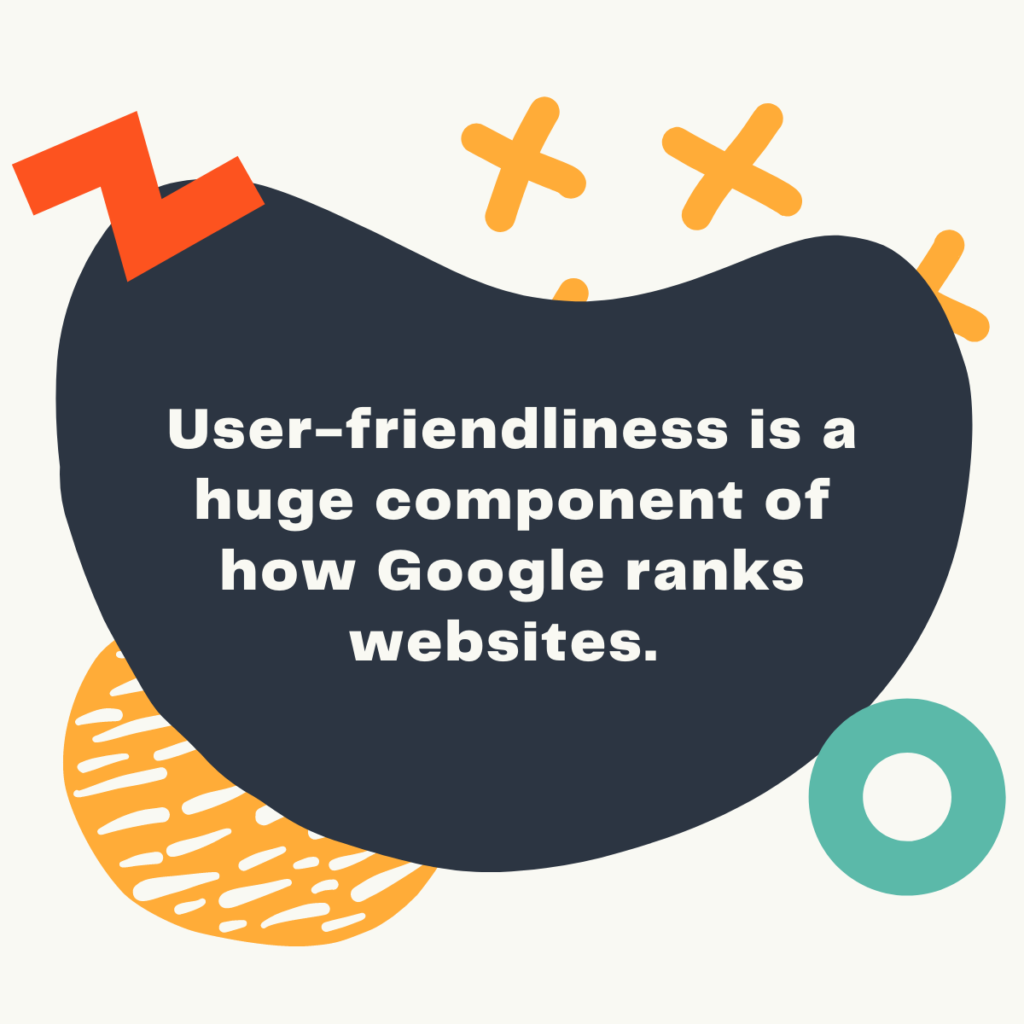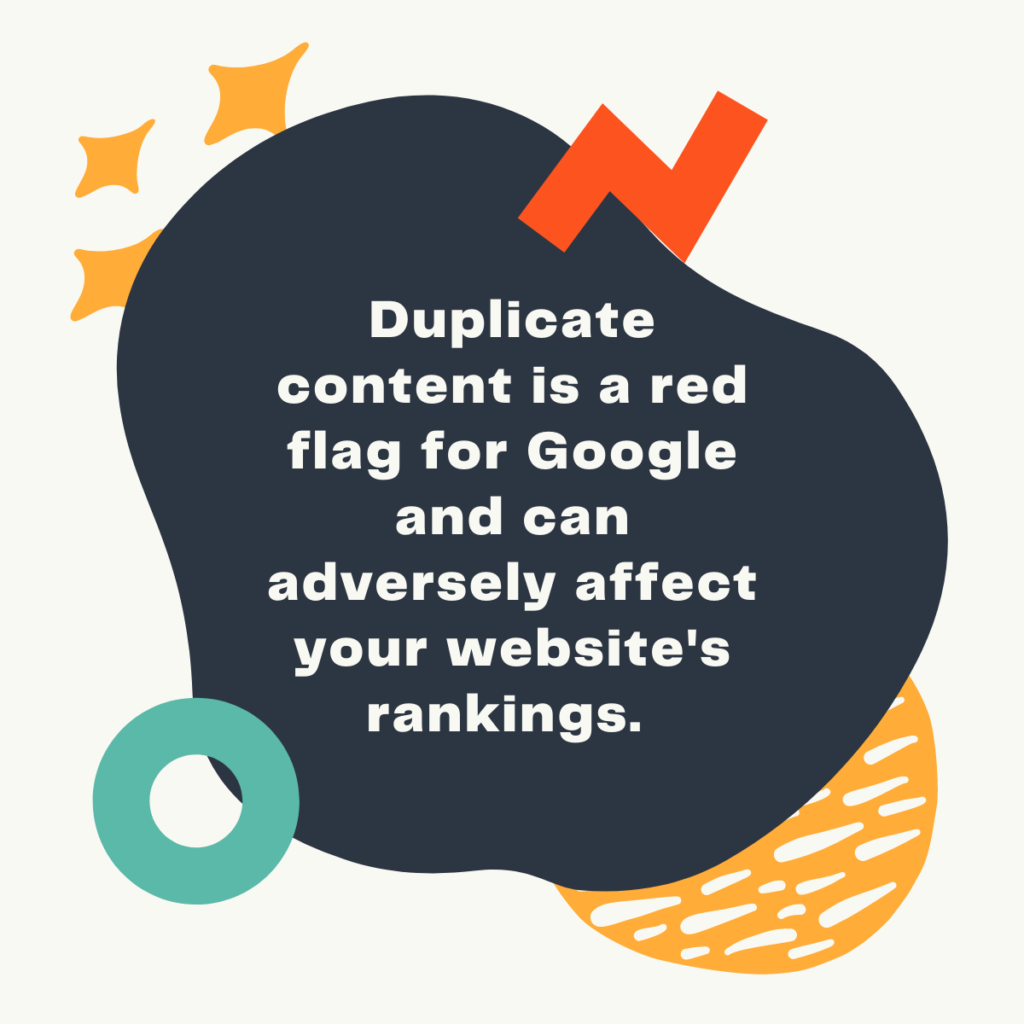10 Killer Tips To Optimize Your Store for the SERPS
Shopify is one of the most popular platforms for eCommerce shops. Check out the top 10 killer tips to optimize your store to rise in the SERPs on Google.
Shopify is one of the most popular website platforms on the internet right now. It’s the go-to site builder for eCommerce businesses. If you run a Shopify site, you might be wondering how to invest appropriately in Shopify SEO. Check out these 10 killer tips to optimize your store for the SERPs.
1. Understand the Shopify SEO Basics
The first step to improving your search engine optimization on your Shopify website is understanding the basics of SEO pertaining to the Shopify platform. Here are the four main things to know.
Invest in a Paid Plan
A free site build from Shopify won’t perform well in the SERPs on Google. Shopify does not allow Google and other search engines to index stores until they invest in a paid site build. End the free trial and commit to the platform before you start building SEO.
Ensure Your Domain Is Custom
It’s vital to invest in a custom domain. While domain names weren’t essential at the dawn of the internet era, now they significantly affect how much people trust or click on your website. The extra addition of “.myshopify.com” can deter many users and search engines.
Use a Mobile-Friendly Theme
Using a mobile-friendly theme is essential to ranking high up in the search results. Most Shopify pre-existing themes are already mobile-friendly; however, it doesn’t hurt to check yours and ensure it works well on a mobile device. More than half of all internet users are now browsing predominantly on mobile devices over desktop ones.
Set Up Google Search Console
Google Search Console is an invaluable tool for your SEO efforts. It shows precisely which keywords your site is ranking for and much more. Setting this up on your website is one of the best and most fundamental things you can do for your position in the SERPs.
2. Structure Your Site
The structure of your website holds more ground on SEO than many people think. A solid site structure makes a website significantly easier to navigate for users, meaning it is user-friendly. User-friendliness is a huge component of how Google ranks websites. As a company itself, Google only wants to send its users to websites with a positive user experience.
Pro Tip: Ensure your site has a solid hierarchy. Keep your main categories at the top of the pyramid, subcategories in the middle, and products at the bottom.

3. Conduct Keyword Research
Adding keywords to your website and ensuring they are beneficial to your SEO efforts is essential to rising in the rankings. Finding and mapping out the right keywords to target for your product and category pages ensures that Google identifies those terms and begins ranking you for them.
There are many online tools to use that can help you identify the best keywords for your business. You can also look at what keywords you already rank for and which your competitors rank for.
4. Add Content To Your Site
The saying “content is king” doesn’t lie. It is critical to your site’s SEO to have quality content. Any page on your website needs at least one paragraph of high-quality and relevant content to properly communicate to Google what that page is and what it should rank for.
Product pages, collection pages, and resource pages need content to communicate with Google and rise in the rankings.

5. Optimize Titles, Meta Content, and URLs
Titles, meta content, and URLs all need optimizing to get your site positive attention from search engines such as Google.
- Titles: Keep these between 40 and 60 characters for the best results
- Meta descriptions: Keep these between 140 and 160 characters to avoid getting truncated
- URLs: The URL slug should make sense for the page it displays; avoid random long lines of letters or numbers
6. Keep Your Site Speeds Fast
With the recent announcement of the Google Core Web Vitals update, site speed is now a ranking factor for a website. Test your website’s speed and make sure it can pass Google’s test by meeting or exceeding its standards.
To improve your site speeds, try the following items:
- Compress images
- Remove unnecessary videos
- Remove unnecessary features
- Simplify your design
7. Put Alt Text on Images
Google Images is another way people search on Google—this means there is potential to get traffic from Google based on the images you put on your website. To capture this potential traffic, you must add alt text to your images.
The alt text describes the image, which helps Google understand what the image is of and about. Here are some tips for writing compelling alt text:
- Focus on useful information
- Write quality content
- Use keywords without keyword stuffing
- Ensure the alt text fits with the page content in addition to the image
8. Build Backlinks
Backlinks are vital to rising in the rankings on Google. Gaining backlinks from reputable websites acts as a virtual endorsement, similar to that website saying, “Hey, we like and recommend this website.”
Backlinks are one of Google’s top three ranking factors, so focusing on them is imperative. Here are some ways to get websites to link to your site.
- Reach out to government sites such as the Chamber of Commerce
- Find out what sites link to multiple of your competitors—they will likely agree to link to you too
- Contact blogs and industry publications and ask them to link back to you
9. Write a Blog
Content helps search engines such as Google figure out where to rank websites and what to rank them for. Consistency in updating content is also a vital ranking factor for SERPs. The most efficient way to add consistent content to your website and fit in keywords without keyword stuffing is to start blogging. Write about top topics in your industry and cover the top questions from your customer base.
Watch as your site starts building more rankings for more keywords and common search terms from your blog indexing.

10. Fix Any Duplicate Content
Duplicate content is a red flag for Google and can adversely affect your website’s rankings. Shopify users have a particular issue to consider when it comes to duplicate content; it lets search engines index two versions of your domain: your custom domain and the myshopify version of that domain.
Double indexing can cause issues with duplicate content. To avoid this, ensure you go into your domains within Shopify and ensure all the traffic from your myshopify site is redirected to your custom domain.
There are countless ways to improve your Shopify SEO. With these 10 killer tips to optimize your store for the SERPs, you will be ranking in no time. Remember that this is a longer process than other digital marketing forms, such as pay-per-click, but it does come with longevity and long-term successes.
